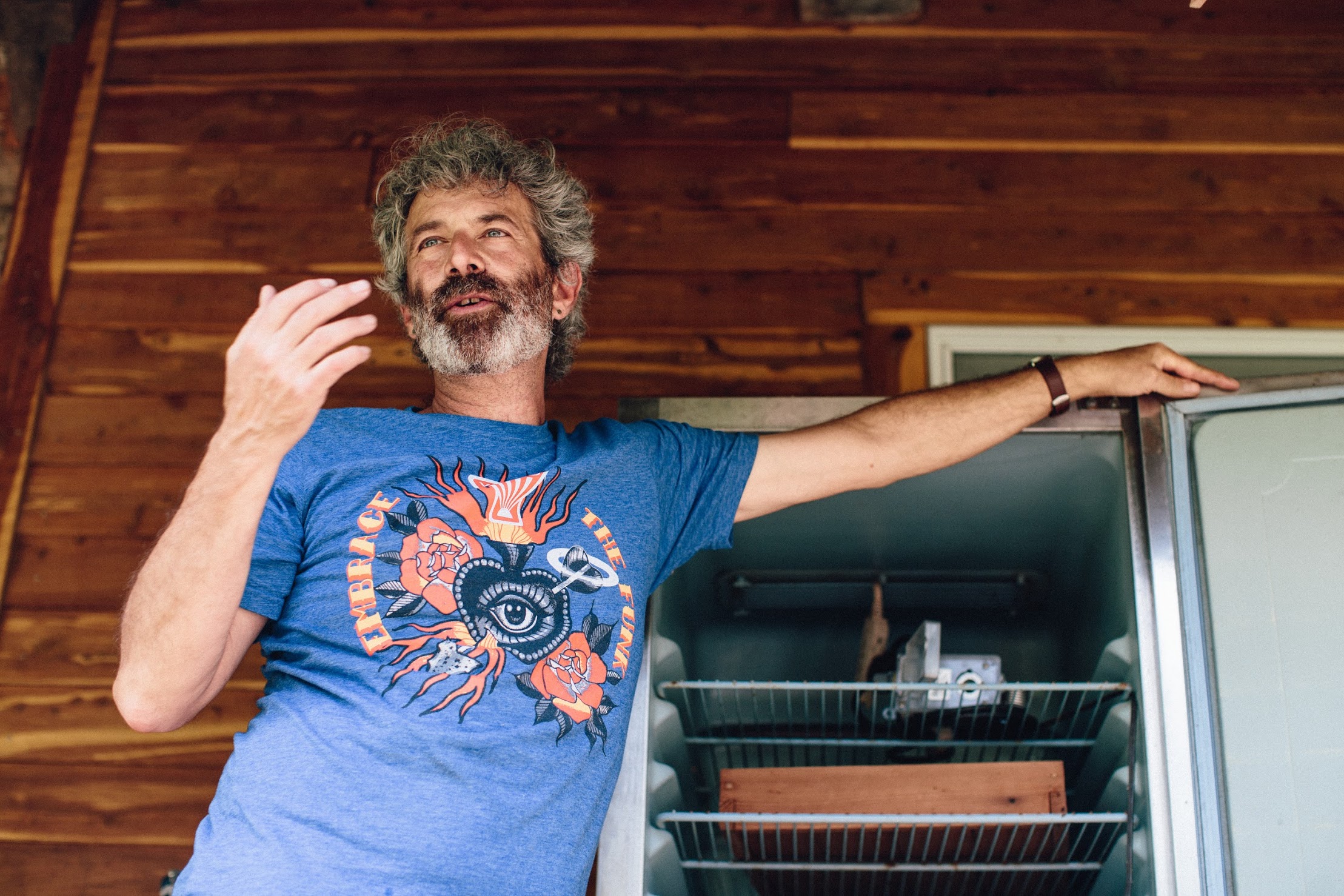 🖨️ Print post
🖨️ Print post
Traditional people groups around the world have long valued fermentation as a process that preserves food and makes its nutrients more bio-available. Today, fermentation “revivalist” and well-known author Sandor Katz takes us on a tour of the wild world of fermentation. He discusses how it works, how delicious it tastes, and how it benefits our bodies.
He also dives into his own story—what piqued his interest in fermentation in the first place, and what he’s learned from recent travels around the world. He shares about the foods he’s enjoyed, the connections he’s made, and the fermentation traditions that are still being used today. He completes the interview with something of a mini-workshop on how to make sauerkraut.
This conversation is a fermentation “starter,” of sorts. It will spark curiosity and wonder at the mysterious process of fermentation.
Notes:
Highlights from today’s conversation include:
- an encounter in China that led to meeting Mrs. Ding & a better understanding of fermentation in urban China
- the definition and purpose of “curing”, “drying,” “salting,” & fermentation
- Sandor’s story – how he got into fermentation
- the need to deal with the abundant harvest and times of scarcity
- his experimentation w/ sauerkraut, yogurt, sourdough, kombucha, wine…
- how he got the nickname “Sandorkraut”
- how the micro-organisms are all around us and on our food
- how all life descends from bacteria
- fermentation is what happens after harvest
- how you must set the right condition to get the process started –submerging vegetables in liquid
- how mold doesn’t grow under that condition, but lactic acid bacteria can get to work
- what contributes to sourdough’s flavor
- the benefits of fermentation: pre-digestion, detoxification, nutrient-enhancement and the very bacteria themselves
- how cyanide can be neutralized by fermenting cassava
- a drink Sandor calls “Amazon miso” (fermented cassava with ants)
- the importance of using insects for flavor and wellness around the world
- fermenting fish and pork in China, in a bed of rice, spices, salt
- how sushi is prepared with fermented fish in Asia, and the purpose of the rice it is surrounded by
what Sandor observed, in terms of food traditions, as he’s traveled - how most people eat fermented food simply because of its taste
- how a growing awareness of the microbiome is piquing interest
- specific instructions for how to start fermenting, starting with sauerkraut
Resources:
wildfermentation.com
Sandor’s books: Wild fermentation, The Art of Fermentation


Leave a Reply